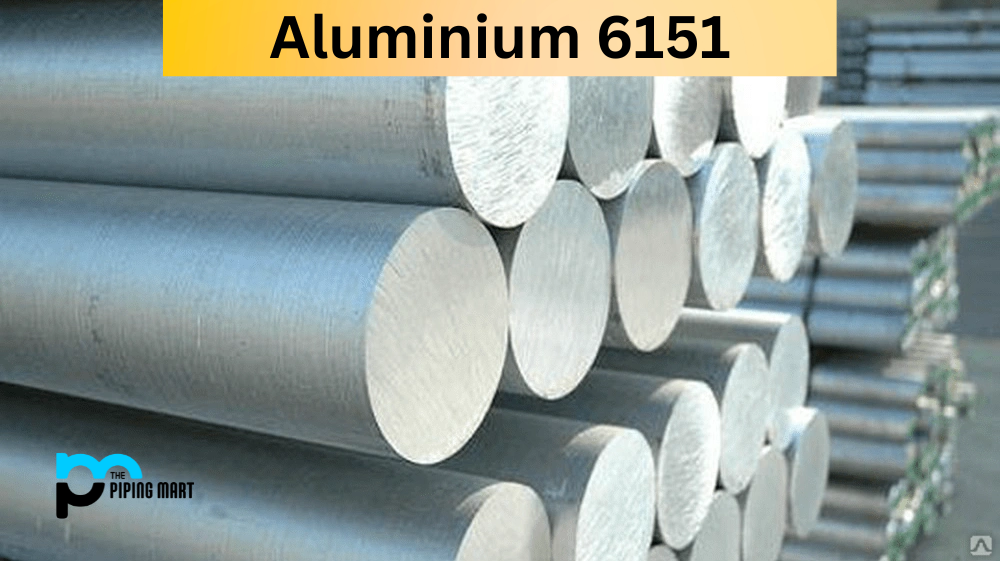If you are in the engineering or manufacturing industry, you might have heard of Hastelloy C276. This nickel-molybdenum-chromium alloy is known for its exceptional corrosion resistance and mechanical properties, making it an ideal material for various applications. This blog post will delve into Hastelloy and explore its composition, physical and mechanical properties, uses, heat treatment, machining, welding, and, most importantly, its corrosion resistance.
Hastelloy C276 Composition
Hastelloy C276 is a nickel-molybdenum-chromium alloy with small amounts of tungsten and iron. Its precise composition varies based on the manufacturing process and grade, but typically, it contains 15-17% chromium, 4-7% molybdenum, 2.5-3.5% iron, and 0.2-0.5% tungsten. The alloy also has trace amounts of carbon, silicon, sulfur, manganese, and cobalt, which are present in less than 1% of the material.
| Element | Content (%) |
|---|---|
| Nickel, Ni | 57 |
| Molybdenum, Mo | 15-17 |
| Chromium, Cr | 14.5-16.5 |
| Iron, Fe | 4-7 |
| Tungsten, W | 3-4.50 |
| Cobalt, Co | 2.50 |
| Manganese, Mn | 1 |
| Vanadium, V | 0.35 |
| Silicon, Si | 0.080 |
| Phosphorous, P | 0.025 |
| Carbon, C | 0.010 |
| Sulfur, S | 0.010 |
Hastelloy C276 Mechanical Properties
Hastelloy C276 is renowned for its exceptional mechanical properties, including high strength, toughness, and ductility. It has a tensile strength of 780 MPa, a yield strength of 355 MPa, and a hardness of approximately 220 Brinell. Additionally, the alloy can withstand high temperatures and pressures, making it suitable for challenging environments in the oil and gas, chemical, and petrochemical industries.
| Properties | Metric | Imperial |
|---|---|---|
| Tensile strength (@thickness 4.80-25.4 mm, 538°C/@thickness 0.189-1.00 in, 1000°F) | 601.2 MPa | 87200 psi |
| Yield strength (0.2% offset, @thickness 2.40 mm, 427°C/@thickness 0.0945 in, 801°F) | 204.8 MPa | 29700 psi |
| Elastic modulus (RT) | 205 GPa | 29700 ksi |
| Elongation at break (in 50.8 mm, @thickness 1.60-4.70 mm, 204°C/@thickness 0.0630-0.185 in, 399°F) | 56% | 56% |
| Hardness, Rockwell B (plate) | 87 | 87 |
Hastelloy C276 Physical Properties
Hastelloy C276 has excellent physical properties, including a density of 8.89 g/cm3 and a melting point of 1370-1400°C. The alloy also has a coefficient of thermal expansion of 12.5 µm/m°C and a specific heat capacity of 427 J/kg°C. These properties make it a thermally stable material, even in severe service conditions.
| Properties | Metric | Imperial |
|---|---|---|
| Density | 8.89 g/cm³ | 0.321 lb/in³ |
| Melting point | 1371°C | 2500°F |
Hastelloy Equivalent
| ASTM B366 | ASTM B574 | ASTM B622 | ASTM F467 | DIN 2.4819 |
| ASTM B575 | ASTM B626 | ASTM B619 | ASTM F468 | |
Hastelloy C276 Uses
Hastelloy C276 is used in various industries for its corrosion resistance and high-temperature stability. Its applications range from chemical processing equipment, pollution control devices, and heat exchangers to aerospace components, nuclear reactors, and pharmaceutical equipment. The alloy is also used in sulfuric acid plants, where it is known for its ability to withstand highly acidic conditions and prevent corrosion.
Hastelloy C276 Corrosion Resistance:
One of the standout features of Hastelloy C276 is its exceptional corrosion resistance against various aggressive media, including sulfuric acid, hydrochloric acid, and chlorine dioxide. Additionally, it is resistant to pitting, crevice corrosion, and stress corrosion cracking, making it an excellent choice for marine and offshore structures and high-pressure water systems.
Hastelloy C276 Heat Treatment
Hastelloy C276 can be heat treated to improve its mechanical properties, but it is not recommended for materials exposed to high temperatures or aggressive media.
Hastelloy C276 Machining
Machining Hastelloy C276 can be challenging due to its high strength and low thermal conductivity, but it can be easily accomplished using the right tools and techniques.
Hastelloy C276 Welding
Welding, on the other hand, requires special care to minimize the risk of cracking and porosity. Gas tungsten arc welding (GTAW) and shielded metal arc welding (SMAW) are the most commonly used welding processes for Hastelloy C276.
Conclusion
Hastelloy C276 is a remarkable material with exceptional mechanical, physical, and corrosion-resistant properties. Its unique composition and thermal stability make it an excellent choice for various industrial applications, from chemical processing to aerospace and nuclear reactors. This nickel-molybdenum-chromium alloy is a testament to the advancements in metals science and engineering. It will continue to be a popular choice for many years.

A passionate metal industry expert and blogger. With over 5 years of experience in the field, Palak brings a wealth of knowledge and insight to her writing. Whether discussing the latest trends in the metal industry or sharing tips, she is dedicated to helping others succeed in the metal industry.




